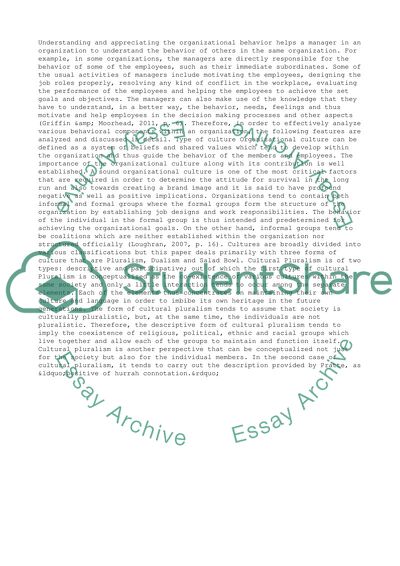Cite this document
(Organizational Behavior and Workspace Performance Term Paper, n.d.)
Organizational Behavior and Workspace Performance Term Paper. Retrieved from https://studentshare.org/management/1466393-organizational-behavior-analysis
Organizational Behavior and Workspace Performance Term Paper. Retrieved from https://studentshare.org/management/1466393-organizational-behavior-analysis
(Organizational Behavior and Workspace Performance Term Paper)
Organizational Behavior and Workspace Performance Term Paper. https://studentshare.org/management/1466393-organizational-behavior-analysis.
Organizational Behavior and Workspace Performance Term Paper. https://studentshare.org/management/1466393-organizational-behavior-analysis.
“Organizational Behavior and Workspace Performance Term Paper”, n.d. https://studentshare.org/management/1466393-organizational-behavior-analysis.


